English Heritage sites near Newton-by-the-Sea Parish
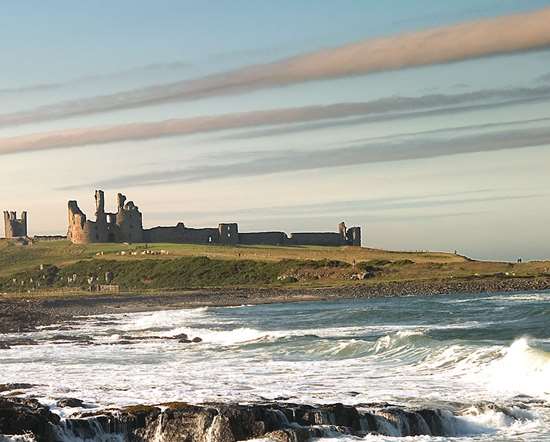
DUNSTANBURGH CASTLE
3 miles from Newton-by-the-Sea Parish
Dramatic Dunstanburgh Castle was built at a time when relations between King Edward II and his most powerful baron, Earl Thomas of Lancaster, had become openly hostile.
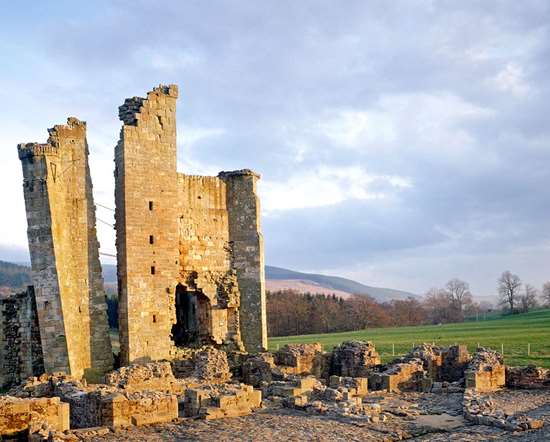
EDLINGHAM CASTLE
11 miles from Newton-by-the-Sea Parish
The riverside ruins, principally the solar tower, of a manor house progressively fortified against the Scots during the 14th century.
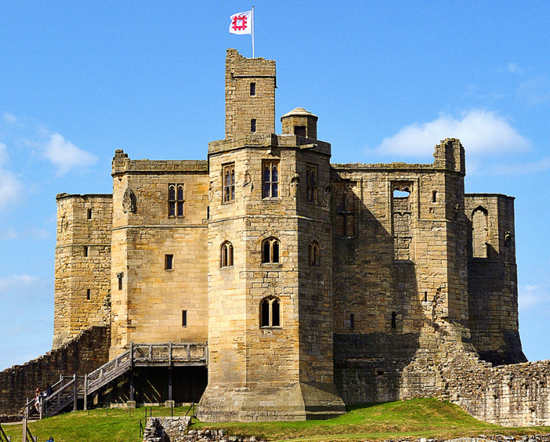
WARKWORTH CASTLE
12 miles from Newton-by-the-Sea Parish
If you are planning a fun family day out in Northumberland then look no further than Warkworth Castle with its magnificent cross-shaped keep crowning a hilltop above the River Coquet.
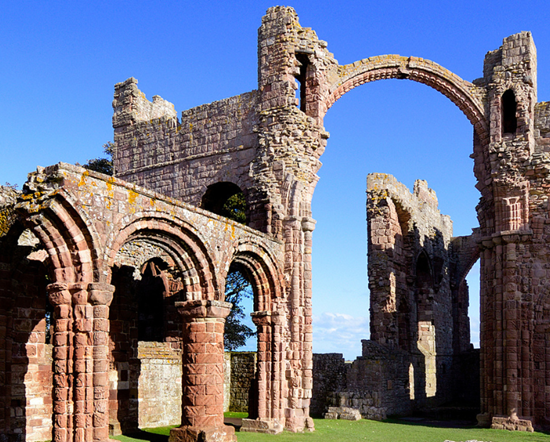
LINDISFARNE PRIORY
12 miles from Newton-by-the-Sea Parish
Lindisfarne Priory sits on Holy Island and is a great family day out in Northumberland. Reached by causeway at low tide, the peaceful atmosphere and beautiful views make a visit well worth the effort.
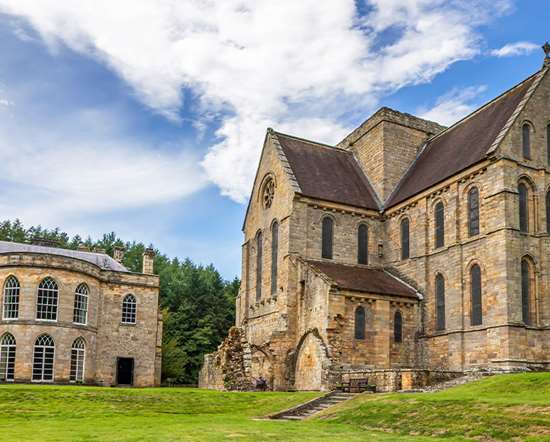
BRINKBURN PRIORY
17 miles from Newton-by-the-Sea Parish
The beautiful 12th-century church of the Augustinian priory of Brinkburn survives completely roofed and restored, while parts of the monastic buildings are incorporated into the adjacent manor house.
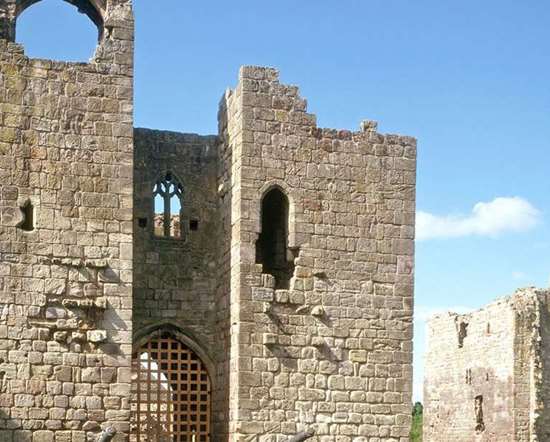
ETAL CASTLE
20 miles from Newton-by-the-Sea Parish
Etal was built in the mid 14th century by Robert Manners as a defence against Scots raiders, in a strategic position by a ford over the river Till.
Churches in Newton-by-the-Sea Parish
St Mary, Newton by the Sea (a church in the Parish of Embleton)

St Mary's
(The Tin Church)
Newton by the Sea
Alnwick
01665 571314
Newton-by-the-sea
In the mid 13th century, the manor of Newton-by-the-sea was part of the barony of Vesci, which was "held by John Viscount for one knight's fee", Ownership of Newton passed to Simon de Montfort then to Edmund of Lancaster, Sir Lawrence de St Maur, and so on through the centuries. In 1725 the township, one of the ten constituting the Barony of Embleton, was divided, with part of it owned by several generations of the Forster family. Newton Hall is a late 18th century house built for Joseph Forster.
Low Newton (also called Newton Seahouses) was built in the early 19th century as fishermen's cottages, the gabled dormer windows being added in the mid 19th century. Some of these cottages are now owned by the National Trust. The Coastguard Station was built on top of the hill about 1828.
Census returns show a population of around 250 in Newton during the 19th century. The Northumberland County History, published in 1895, records that "Newton- by-the-sea is a township containing 1211 acres and a population of 220 persons".
Today, the population is a mix of residents, people with holiday homes, and visitors. The majority of residents travel out of the village to work, to nearby towns or to the Newcastle area. The National Trust owns much of the coastal land in the area, and also part of The Square at Low Newton.
<span style="font-size: 1rem;">Dedication</span>
In July 1997 Embleton PCC and the Diocese approved that Newton Mission Church should be dedicated to Saint Mary the Virgin. Saint Mary was chosen for two reasons.
Records tell us that in the fourteenth century, in the nearby township of Brunton, a Chapel in an unknown location was dedicated to the Mother of Jesus.
The Haven at Newton is known as either Saint Mary's or Newton Haven.
At a service on 13th September 1998 the Church was dedicated to Saint Mary the Virgin by the Bishop of Newcastle. This was a very memorable occasion attended by some 84 people.
Reredos Embroidery (Dorsal Curtain)
In 1997 the church committee commissioned the creation of the reredos. This embroidered panel behind the altar was designed and created in 1998 by Patricia Winskell, from Newcastle. The design expresses the name of the Church and its location:
At the center is the Light of the World, God the Holy Spirit, and Jesus with Mary in the loving, caring, nurturing and protecting character of the Mother of Jesus.
The sweeping, curved shapes represent the arms of Mary blending into the shape of St Mary's Haven and the sea. Boat sails are caught in the power of wind and wave and overhead fly twelve gulls (the Apostles).
Blues represent Mary and the sea, while gold symbolizes the glory of God and his creation. Silver is used to signify light.
The Lectern Fall was designed to complement the reredos. The four gulls in this case represent the four Evangelists.
Pubs in Newton-by-the-Sea Parish
Joiners Arms

Town Square, High Newton-by-the-Sea, NE66 3EA
(01665) 376112
joiners-arms.com
Ship Inn

Newton Square, Low Newton-by-the-Sea, NE66 3EL
(01665) 576262
shipinnnewton.co.uk
